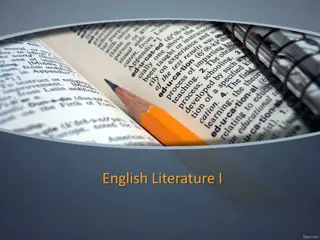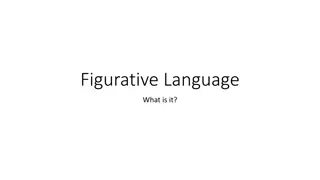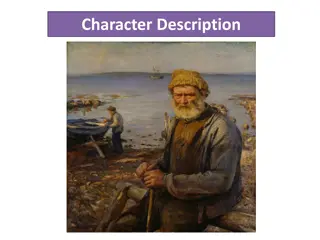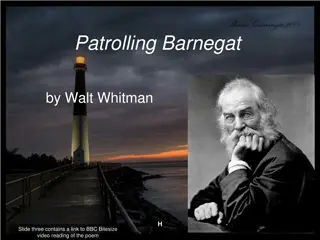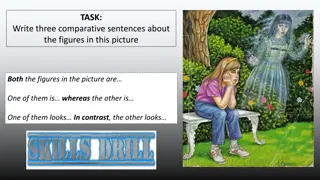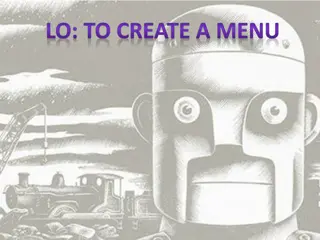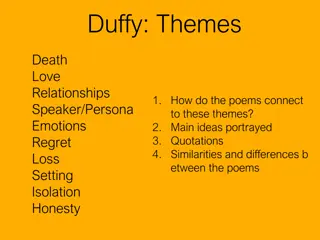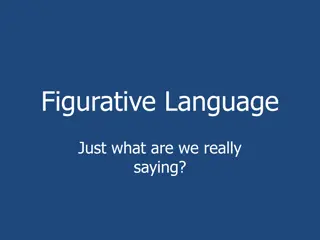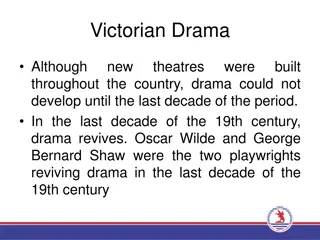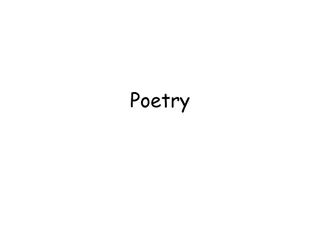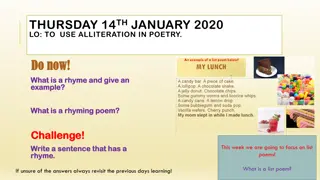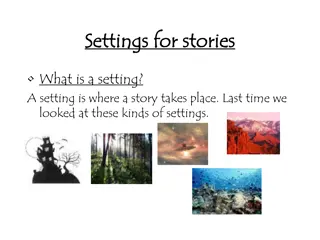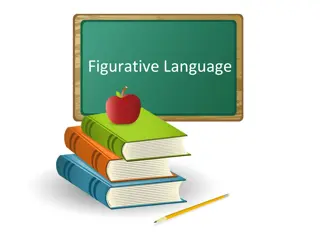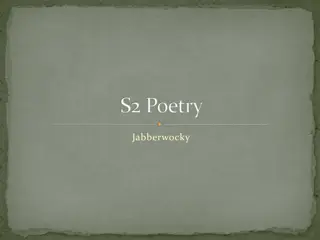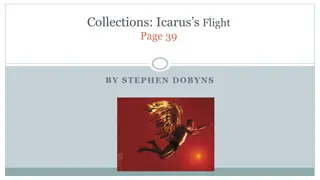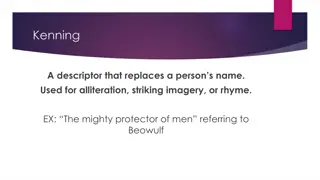
Exploring Alliteration in Beowulf and Other Poems
Discover the use of alliteration in Beowulf, as the Anglo-Saxon oral poet weaves poetic devices to tell the tale of Grendel's wrath. Explore examples from Burton Raffel's translation and Edna St. Vincent Millay's poem "Autumn Daybreak," showcasing the beauty of alliteration in literature.
Uploaded on | 0 Views
Download Presentation

Please find below an Image/Link to download the presentation.
The content on the website is provided AS IS for your information and personal use only. It may not be sold, licensed, or shared on other websites without obtaining consent from the author. If you encounter any issues during the download, it is possible that the publisher has removed the file from their server.
You are allowed to download the files provided on this website for personal or commercial use, subject to the condition that they are used lawfully. All files are the property of their respective owners.
The content on the website is provided AS IS for your information and personal use only. It may not be sold, licensed, or shared on other websites without obtaining consent from the author.
E N D
Presentation Transcript
B BEOWULF EOWULF: : THE POETRY OF BEOWULF alliteration
BEOWULF: THE POETRY OF BEOWULF The Anglo-Saxon oral poet also used the poetic device of alliteration. Grendel gongan, yrre b r; Mynte se mansca a manna cynnes godes
BEOWULF: THE POETRY OF BEOWULF Find examples of alliteration in Burton Raffel s translation of lines 1-5: Out from the marsh, from the foot of misty Hills and bogs, bearing God s hatred, Grendel came, hoping to kill Anyone he could trap on this trip to high Herot.
Consider these lines penned by another one of my communications superheroes, the poet Edna St. Vincent Millay, in her poem Autumn Daybreak: Tardy, and somewhat south of east, The sun will rise at length, made known More by the meagre light increased Than by a disk in splendour shown...


